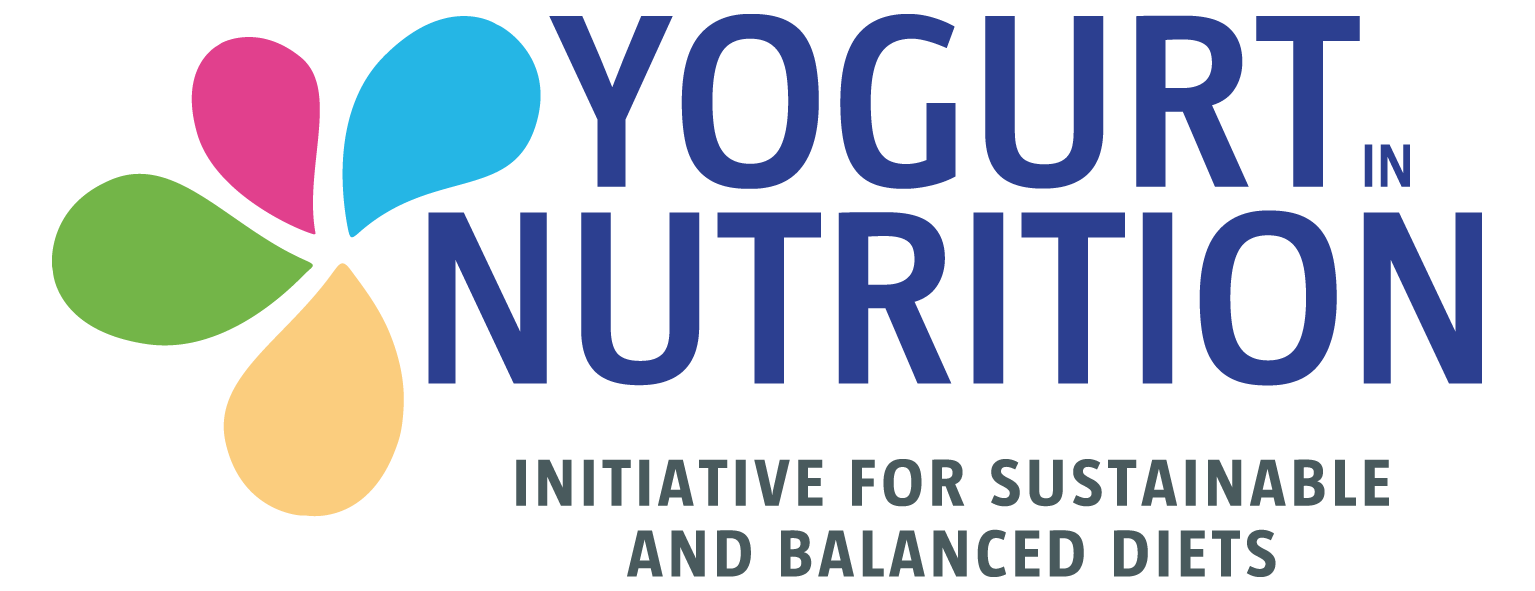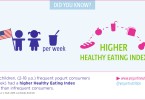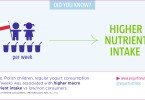More than 46.000 children and adolescents
Obesity in childhood and adolescence has become a major health disorder, and identifying modifiable risk factors, such as food habits, with strong consistency is necessary. For their purpose, Lu et al. identified eligible studies by extensive research, using the two main resources (PubMed and EMBASE) through March 2015. They completed the selection via Google Scholar and references from relevant articles. This lead to a particularly large sample of 46 011 children and adolescents from ten studies. The average period of follow-up was 3 years.
Less childhood obesity for each serving of dairy
The results show that dairy consumption is inversely associated with the likelihood of being overweight or obese: children in the highest intake group for dairy consumption were 38% less likely to have overweight/obesity, as compared with those from the lowest group of dairy consumption. The authors calculated that for each serving/day increment in dairy consumption, the percentage of body fat was reduced by 0.65%. In the same way, the risk of overweight/obesity was 13% lower for each increment of dairy serving. This clearly suggests an inverse association between dairy products and overweight/obesity, and the authors emphasis the need to examine the type of dairy in further studies.
To learn more, read the original article.





